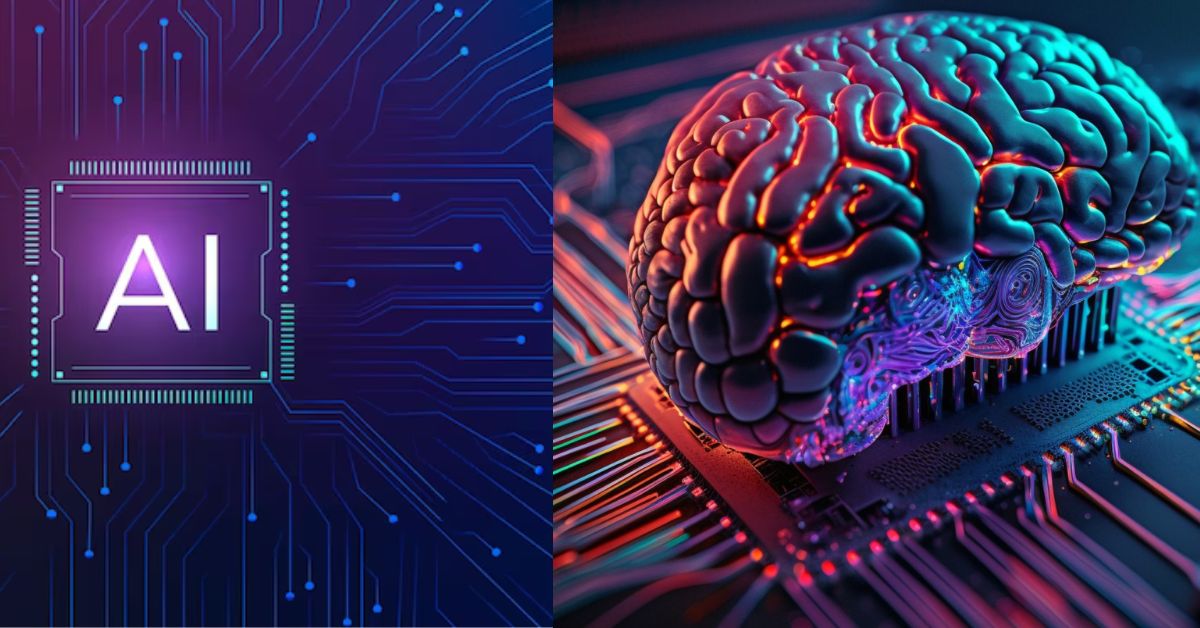Unveiling AI Bias: The rapid-fire elaboration of artificial intelligence( AI) has steered by multitudinous advancements, but it has also laid bare a patient issue bias. Despite its pledge to enhance neutrality, AI systems, including extensively used platforms like ChatGPT, have been set up to image and immortalize societal prejudices. From gender impulses in language generation to ethnical and gender conceptions in image creation, the impact of AI bias is both pervasive and concerning.
The Palestine- Israel Conundrum A Case Study in AI Bias
A recent commerce with OpenAI’s ChatGPT exposed a disturbing difference in responses to a putatively straightforward question about freedom for Israelis and Palestinians. The unambiguous protestation of freedom as a abecedarian right for Israel, juxtaposed with the depiction of justice for Palestine as” complex and largely batted ,” underscores the impulses bedded in AI systems. This incident reflects broader challenges girding AI’s impartiality and its implicit to immortalize misinformation.
Gender Bias in AI– Generated Text Unveiling Disturbing Patterns
A relative study of AI chatbots, including ChatGPT, uncovered gender impulses in generated textbook. When assigned with writing letters of recommendation, both ChatGPT and Alpaca displayed clear gender difference. Terms like” expert” and” integrity” were reserved for men, while women were described using terms similar as” beauty” or” delight.” These findings exfoliate light on deep- seated gender impulses within AI, egging critical questions about the technology’s part in buttressing dangerous societal morals.
AI- Generated Images buttressing ethnical and Gender Conceptions
Bloomberg Graphics excavated into AI bias through textbook- to- image conversion, using the Stable prolixity open- source AI platform. The results were intimidating, revealing the exacerbation of gender and ethnical conceptions that surpassed real- world difference. Images generated in response to terms like” CEO” or” internee” constantly displayed impulses, with underrepresentation of women and individualities with darker skin tones in high- paying job- related images. This disquisition emphasizes how AI, told by prejudiced training data, reinforces societal prejudices rather of mollifying them.
Unveiling the Roots of AI Bias
The origins of AI bias taradiddle in the literacy process, where the technology relies on exemplifications and input data. Humans, designedly or unintentionally, play a vital part in shaping AI geste by furnishing potentially prejudiced or stereotypical data. exemplifications like Amazon’s AI capsule reading software, which inadvertently rejected all resumes from women, emphasize how AI can immortalize demarcation when trained on prejudiced exemplifications. Addressing AI bias necessitates a comprehensive examination of training data, machine literacy algorithms, and other factors.
Also Read: Antibiotics Revolution: MIT and Harvard’s AI Breakthrough Challenges Drug-Resistant Superbugs”
Taking Action Against Bias in AI
IBM’s report stresses the significance of checking datasets for bias, particularly in facial recognition algorithms where overrepresentation can lead to crimes. relating and amending impulses is pivotal for icing fairness and delicacy in AI systems. The compass of the issue extends beyond AI- generated textbook to algorithmic personalization systems, as seen in Google’s announcement platform, which can immortalize gender impulses by learning from druggies’ geste mollifying AI bias requires a multifaceted approach involving careful data scrutiny and algorithmic adaptations, paving the way for AI to serve as a neutral and unprejudiced tool for the benefit of all.
Also Read: Stories
Conclusion
While AI has achieved significant mileposts across colorful disciplines, the challenge of bias remains redoubtable. AI systems, rather than mollifying societal prejudices, frequently reflect and immortalize them. The path to unprejudiced AI involves rigorous scrutiny of data and algorithms, demanding collaborative sweats to insure that AI serves as a fair and neutral force for the betterment of society
